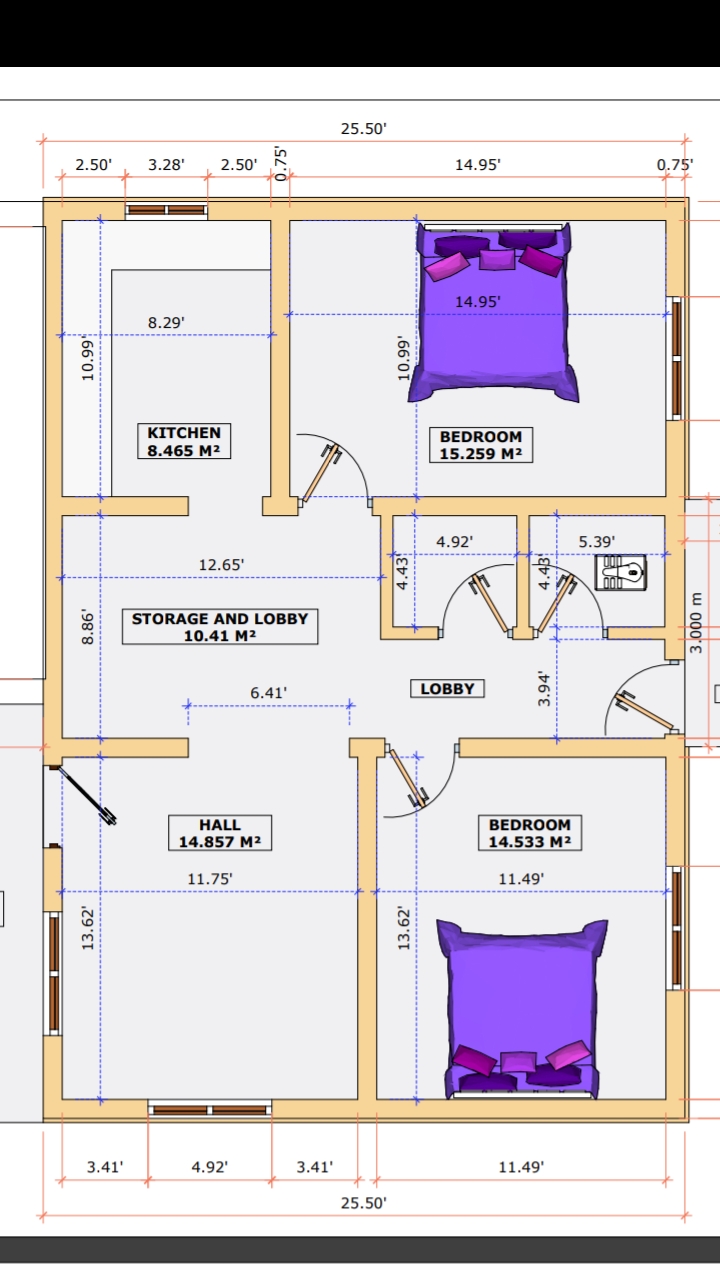


You may have noticed that in the video Matt uses the word “customer” as the title of the first column of the perspective grid and “possible solutions” for the sixth column, so you may be wondering if the perspective grid is only useful for solution space research. At the end we will provide a template that you can download and use in your own projects. Let’s walk through the steps for the process. The method is flexible enough to include anything from quantitative data to first-hand experiences, and can be done with just a spreadsheet. We are sharing it with you because it is a simple, straightforward way to combine multiple perspectives, create a shared understanding of a customer/person’s goals and barriers, and generate ideas for removing their impediments.


Matt Snyder, Head of Product & Design at HiveWire “Before we ever produced the user journey map, which is the artifact of understanding, we had to create the understanding.” During our conversation, Matt mentioned how his team would use a Perspective Grid to make sure that the rest of the journey mapping process went smoothly. When creating the IxDF course Journey Mapping: Improve the Customer Journey, we interviewed Matt Snyder about his work as Director of Product Design at Lucid Software. In this article, we will walk through this process so that you can use it in your own projects. If you find yourself in this situation, consider running a perspective grid workshop to condense your data and create a strong shared understanding between stakeholders before you begin creating a journey map. An inaccurate map could lead to bad decisions, and one that is too complex may prevent people from using it at all. When you create a journey map, it can be a challenge to combine research data and the ideas of people in your organization into a map that tells an accurate, simple story.


 0 kommentar(er)
0 kommentar(er)
